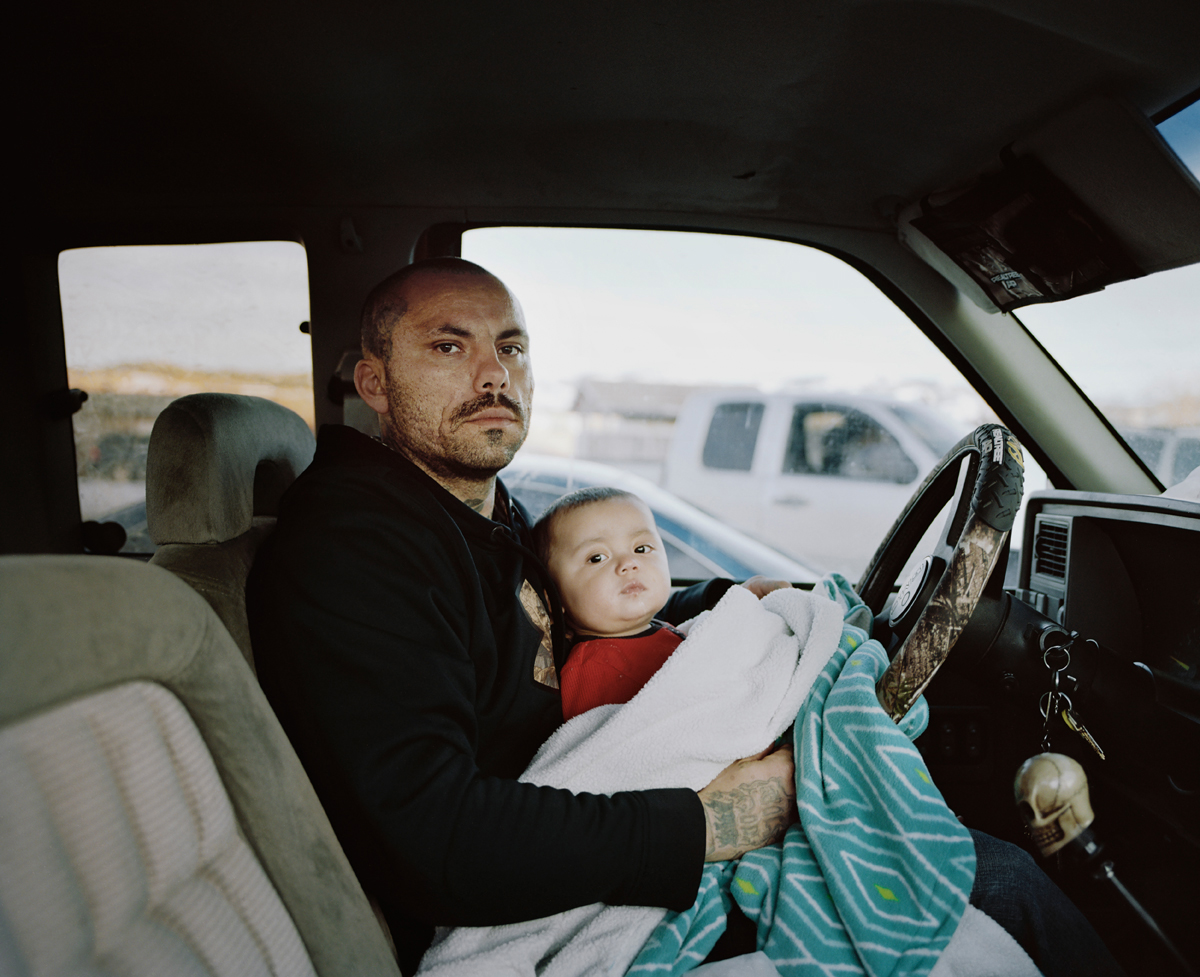Felix von der Osten (b. 1989 in Bergisch Gladbach, Germany) is a documentary photographer from Germany. He is specially interested in social and cultural issues as well as analog large- and medium-format photography. In 2014, he studied The Language of Photojournalism and Advanced Visual Storytelling at the Danish School of Media and Journalism in Aarhus (DK). He currently lives in Cologne and will complete his Bachelor in 2016 at the University of Applied Sciences and Arts Dortmund. Today we take a look at his series titled, The Buffalo that could not Dream.


The Buffalo that could not Dream.
The project is about the Fort Belknap Indian Reservation in Montana, USA. It gives an Impression of the outcome of the 1851 Appropriations Act, that forced Native Americans into Reservations, with a focus on how and where they live, as well as their struggle trying to maintain their century old left culture.
Fort Belknap is the shared homeland to the Gros Ventre and Assiniboine Tribes, who were historically enemies, but were forced to live together. My project documents this community and shows a life and circumstances that most people don’t know about. The project reflects on what people live on a Reservation: what they do and how they try to maintain their beautiful centuries- old dying culture in the white world of America. This project lets the viewer explores a 2.626,415 square kilo-meter area, as it is, with its rich history in the past and present. I lived on the Reservation for a month in the end of 2014. This collection of photographs should show my view of what I saw in my time there, and the people whom I met.
I want to show and give a sense of place on the Reservation in Montana with a focus on two aspects: the continuation of tribal culture, and the current living conditions of people of the Native American ethnic heritage. While the culture is important, it wouldn’t be complete without revealing the destitute, sad, and run-down socioeconomic conditions of Fort Belknap. A place where the American government forced two enemy tribes to live – and their living conditions are quite different from the typical image of America. The poverty, lack of advancement opportunities and sad living conditions are what I attempt to capture in a subtle way; in contrast with the beautiful, noble and awe-inspiring traditions of Native American culture. I want to show the native people’s beautiful and spiritual way of life, that is so different from ours. These ways of life still exist even if the people have had to adapt to the sensibilities of modern times. It is relevant for the outside world to understand their culture and with that to be able to fully accept and acknowledge them into modern society.




I want to show a slice of life, as it is now; and the beauty and richness of the Native culture with the dignity and respect it deserves. For that formal portraiture is very important. Instead of making reportages about these issues, I want to create historical documents that would stand the test of time. This is why I choose to make portraits, landscapes, and very careful stilllifes. These slow and thoughtful photographs give the viewer its time to examine everything, from the texture of a woman’s braids and the softness of eagle feathers to the rough rocks of the mountainous terrain. It should make the viewer curious; only revealing enough that they can connect the dots for themselves. One will understand that these people have endured much suffering. It was not my intention to show the really horrible things that on every Reservation across the United States are the same – stories of gangs, drugs and alcohol abuse are easy topics that a more fast-paced, reportage-interested photojournalist might cover. I don’t want the Native Americans to look bad. This is way harder to achieve than to focus on their struggles and hard life. I am descriptive and my point isn’t to make an example, it is to follow my own curiosities. The work should create a feeling; a mood that is transported through the photographs of the beautiful unknown.
This approach brings the subject to a more universal level. By getting a closer look on the native people and their way of life, we can see similarities and differences to our way of life. Shining a light on the faces, the lives, and the roots of the culture might help to understand them better and to countervail the oppression.
My claim is to raise awareness to the oppressed and abused native population and their dying culture by giving a closer look into Fort Belknap. I show what it means to live on a reservation. Native people have to fight everyday to keep the culture alive and undisputed. A lot of people know about that but almost no one does anything. It is a forgotten problem.





To view more of Felix’s work please visit his website and follow him on Instagram!